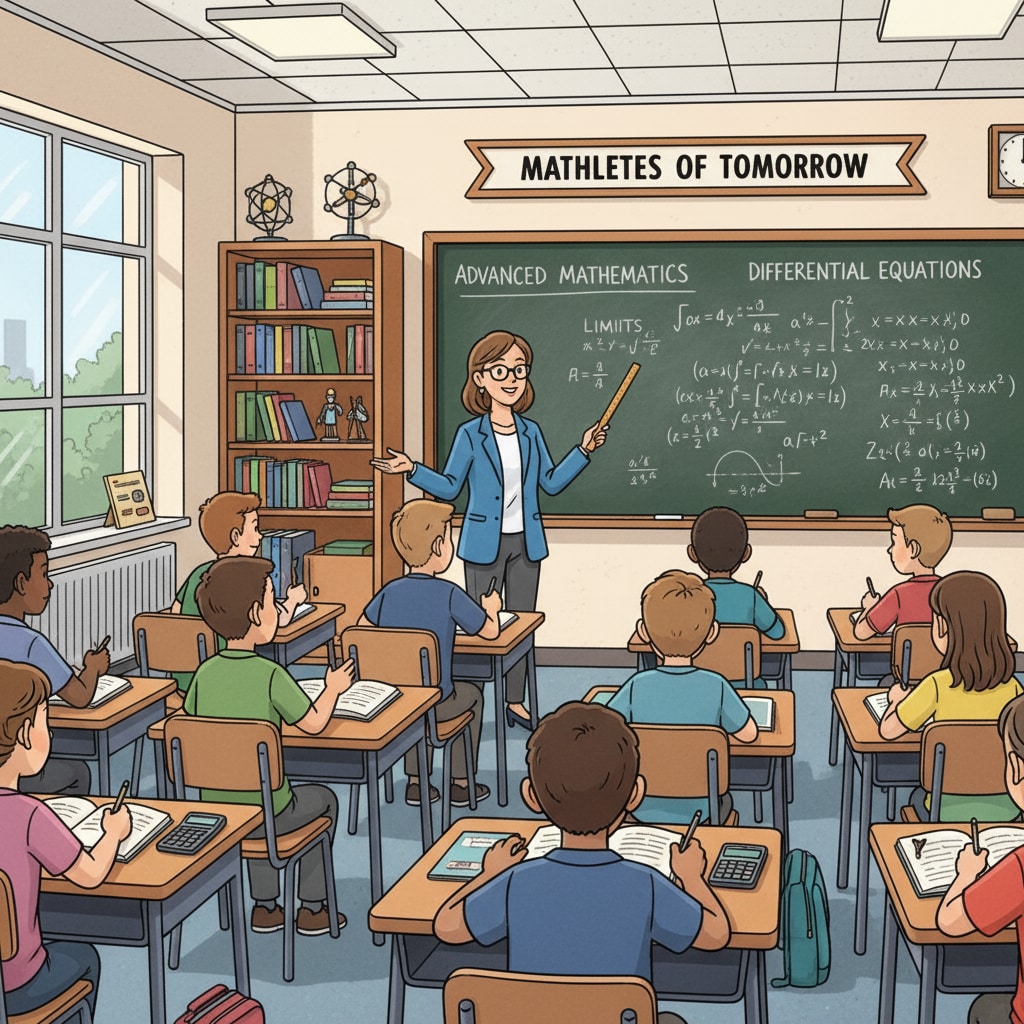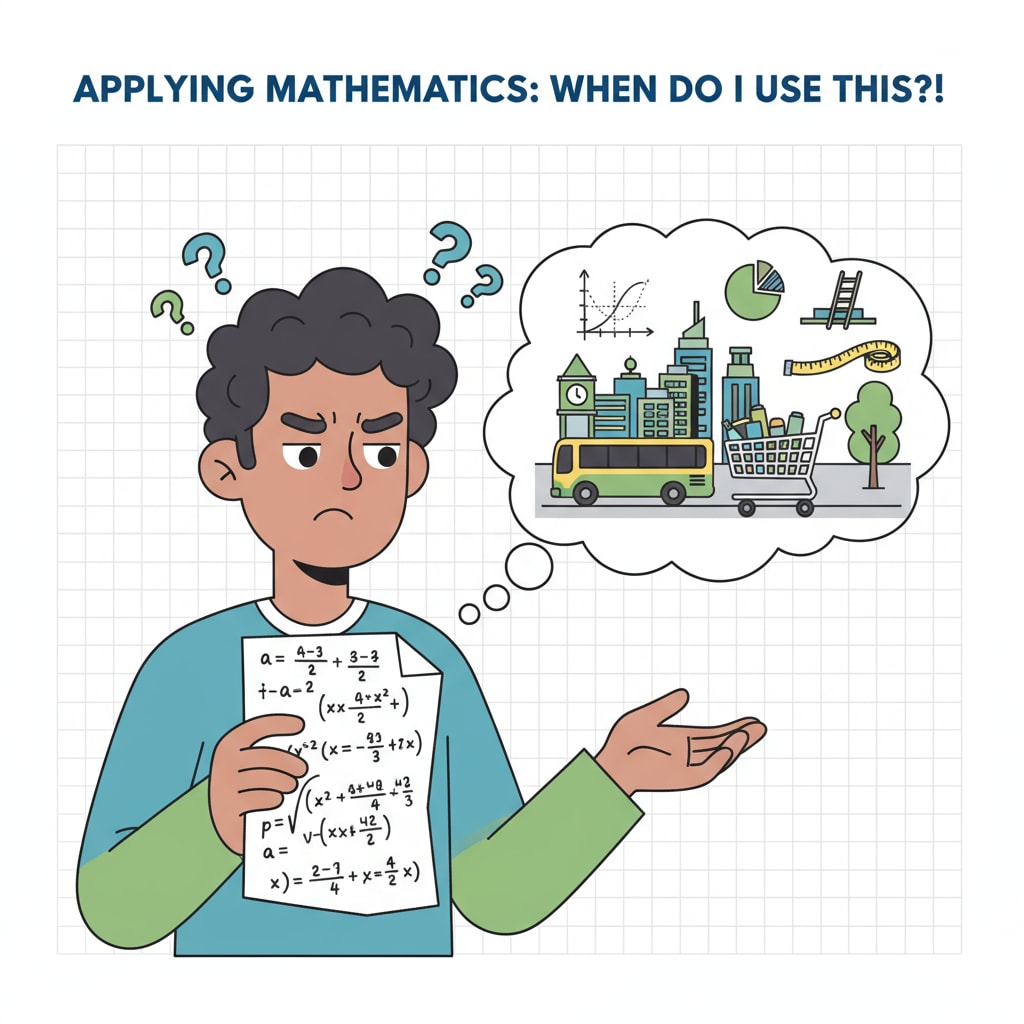Mathematics education, practicality, and advanced mathematics are topics that often spark intense debate. In the realm of K12 education, the teaching of advanced mathematics has long been a cornerstone, but its practical value for the average person has come under scrutiny.

As students spend countless hours grappling with complex equations and theories, one can’t help but wonder: how much of this knowledge is truly applicable in their daily lives?
The Disconnect Between Curriculum and Reality
The current K12 mathematics curriculum is designed to provide students with a comprehensive understanding of mathematical concepts, from basic arithmetic to advanced calculus. However, a significant gap exists between what is taught in the classroom and the practical needs of ordinary individuals. For example, most people will never need to use the principles of advanced trigonometry in their day-to-day activities. According to Wikipedia’s Mathematics Education page, the focus on theoretical knowledge in many curricula may not adequately prepare students for real-world situations.

The Case for Practical Math Literacy
Instead of solely emphasizing advanced mathematics, there is a growing argument for focusing on practical math literacy. Practical math skills such as budgeting, understanding interest rates, and basic data analysis are far more relevant to the lives of most people. These skills can help individuals make informed financial decisions, manage their personal finances, and interpret information in various contexts. As stated on Britannica’s Education page, education should be more closely aligned with the practical needs of students.
Educational reform should aim to strike a balance between theoretical knowledge and practical applications. This could involve integrating real-world examples into the mathematics curriculum, so students can see how the concepts they are learning are relevant. For instance, when teaching statistics, using examples from consumer trends or sports analytics can make the subject more relatable.
Readability guidance: By highlighting the issues in the current curriculum and suggesting practical solutions, we can better understand the need for change in mathematics education. Using short paragraphs and clear lists, like the points made above, helps in presenting complex ideas simply. Transition words such as ‘however’ and ‘for instance’ are used to connect thoughts and make the flow more logical.


